Mill Pond Recreation Area
Welcome to the Mill Pond Natural Area Management Plan 2.0, an initiative committed to create a thriving, native ecosystem in the Thornapple River Watershed (TRW) that supports local wildlife while offering exceptional recreational and educational experiences. This endeavor is a collaborative effort, driven by the Barry Conservation District (BCD) in close partnership with multiple conservation organizations, local communities, and enthusiastic volunteers.
The property, located south of the Thornapple River in Nashville, Michigan, was acquired by the Parks and Recreation Division of the Michigan Department of Natural Resources following the removal of the dam. This area represents the sole conservation site in close proximity to Nashville, Michigan, and it is situated on the ceded land of the Potawatomi, Ojibwe (Chippewa), and Odawa (Ottawa) tribes. The picturesque Thornapple River serves as a backdrop beyond the wetlands. Access to this natural area is available via the Paul Henry Thornapple Trail and the Thornapple Birding Trail while visiting the beautiful Barry County in Nashville, MI.
Spanning twenty-six acres, the landscape primarily features gentle slopes, with a gradual 50-foot descent from higher ground to the wetland areas. Conservation efforts aimed at diverse ecosystems, including wetlands, savannas, and river corridors, provide vital habitats for a variety of plant and animal species, contributing significantly to our quality of life. These habitats function as natural filters, improving water quality by capturing sediments and organic matter, thus ensuring cleaner water for the entire ecosystem. Additionally, they play a crucial role in mitigating flood risks, as wetlands absorb and gradually release excess water, safeguarding nearby communities from flood damage.
Visitors to this area can enjoy activities such as hiking, fishing, birdwatching, and wildlife observation. Located on the Thornapple Birding Trail at location #20, this site is home to a diverse bird population and boasts an impressive eBird list. Bird species that can be observed here include Tree Swallows, Gray Catbirds, Cedar Waxwings, Trumpeter Swans, Downy Woodpeckers, Black-capped Chickadees, White-breasted Nuthatches, Northern Cardinals, Ring-necked Ducks, and more.
The site comprises a degraded wetland, once a mill pond, and a degraded upland that was previously cleared for housing development but left unused, necessitating extensive restoration efforts.
<< Click for Map of Mill Pond Recreation Area
Recreational trail will be under construction November 2023! Please help us make this vision come to reality.



